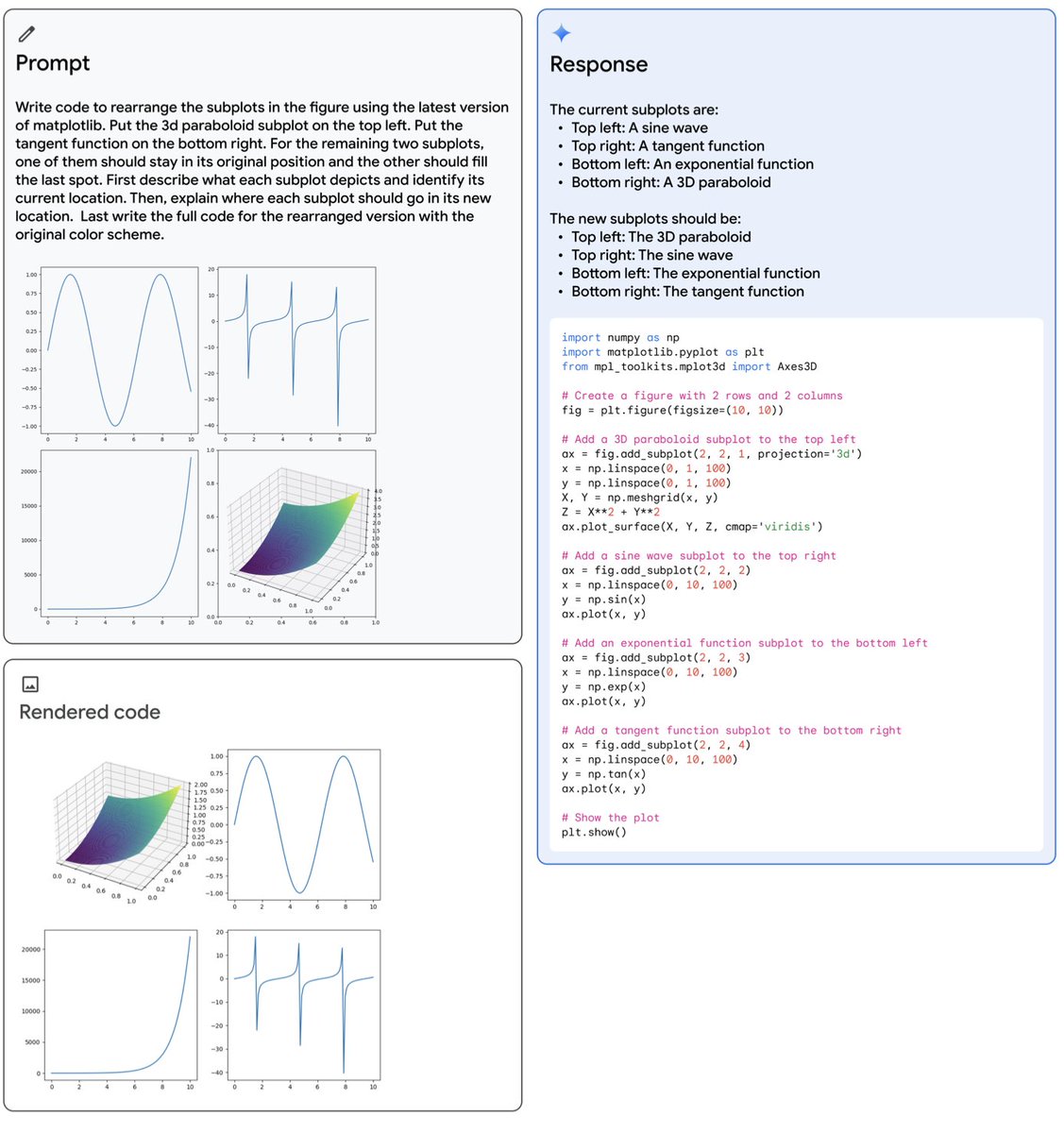I tested phi-4-reasoning on my early grad lin algebra (private) final exam at UW-Madison. It scored 100% on the first run..
Two years ago I speculated nothing useful could run locally anytime soon. I was wrong. Kids can now have a free, grad level TA, running on their PC
Two years ago I speculated nothing useful could run locally anytime soon. I was wrong. Kids can now have a free, grad level TA, running on their PC
Being exposed to the reasoning trace is also incredible useful to understand problem solving approaches. I’m a bit mind blown
@vtripolitakis @geeknik Ηλεκτρονική god dammit
@vtripolitakis @geeknik το οτι δε σε θυμάμαι είναι ίσως καλό σημάδι! Οι χειρότεροι βοηθοί ήταν και οι πιο memorable. MHL ήταν στην κορυφή, far above ηλεκτρονική :D
@vtripolitakis @geeknik ΕΦΙΑΛΤΕΣ ΜΕ ΤΑ BREADBOARD ΤΟΥ ΠΝΕΥΜΑΤΙΚΑΤΟΥ λολ
• • •
Missing some Tweet in this thread? You can try to
force a refresh

























